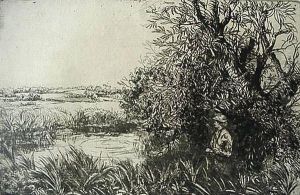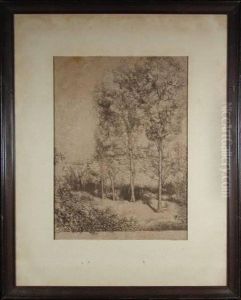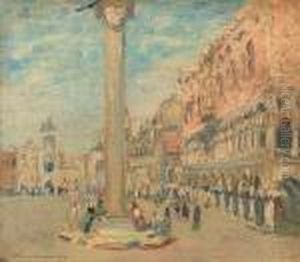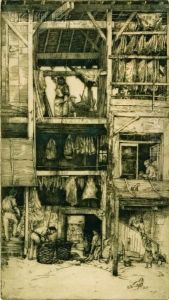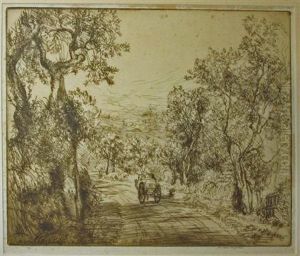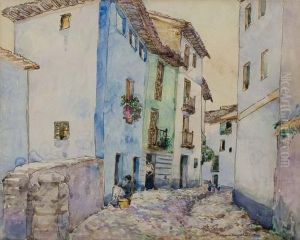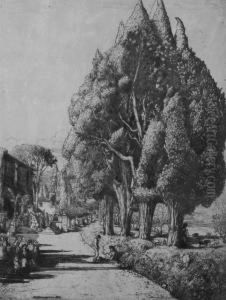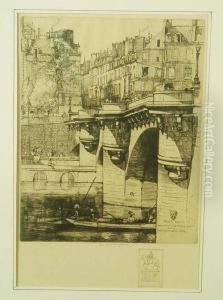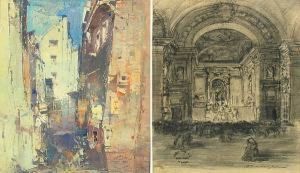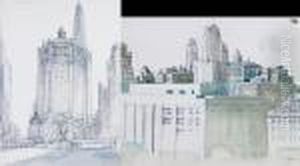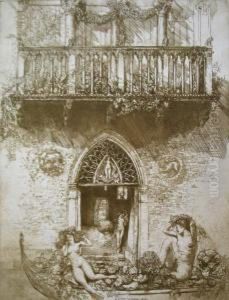Donald Shaw Maclaughlan Paintings
Donald Shaw Maclaughlan, born in Charlottetown, Prince Edward Island, Canada, in 1876, was a distinguished artist known primarily for his etchings and landscapes. His artistic journey began at a young age, influenced by the natural beauty of his native Canada. Maclaughlan moved to the United States for his education, attending the Art Students League in New York City. His pursuit of art then led him to Europe, where he further honed his skills and was particularly influenced by the vibrant art scene in Paris.
Maclaughlan's work is characterized by a unique blend of impressionism and realism, capturing the essence of the landscapes and scenes he depicted with a delicate sensitivity. Throughout his career, he traveled extensively in Europe and North America, drawing inspiration from various environments and cultures. His etchings, which are considered his major contribution to the art world, reflect a deep understanding of light, shadow, and composition, making him a respected figure among his contemporaries.
Despite his Canadian origins, Maclaughlan spent a significant portion of his life and career in Europe, particularly in Italy and France, where he was an active member of the artistic communities there. His works were exhibited in numerous galleries across Europe and North America, earning him critical acclaim.
Donald Shaw Maclaughlan's legacy as an artist is preserved through his contributions to the world of etching and landscape painting. His ability to convey the subtleties of nature and his innovative techniques in etching have left a lasting impression on the art world. He passed away in 1938, leaving behind a rich body of work that continues to be celebrated and studied by art enthusiasts and historians alike.
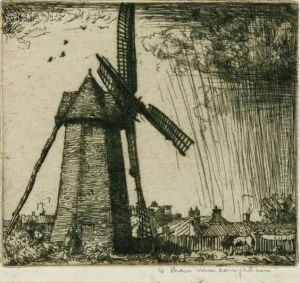
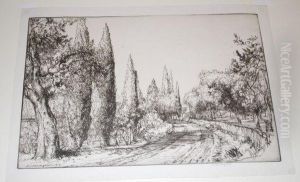
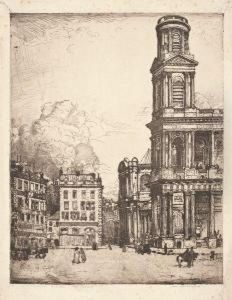
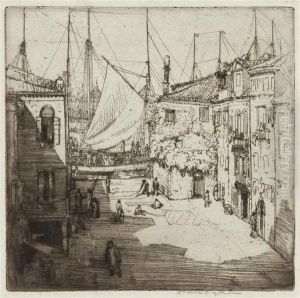
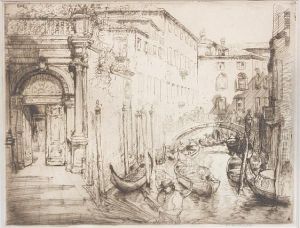
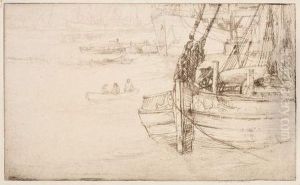
![[chien Endormi ; Moulin A Vent].](https://www.niceartgallery.com/imgs/784911/s/donald-shaw-maclaughlan-chien-endormi-moulin-a-vent-dd2839e0.jpg)
